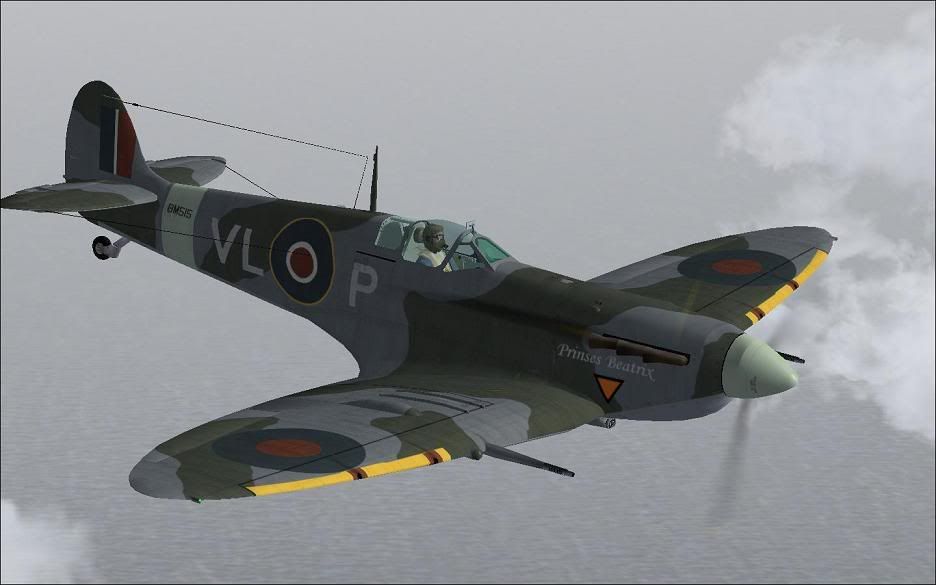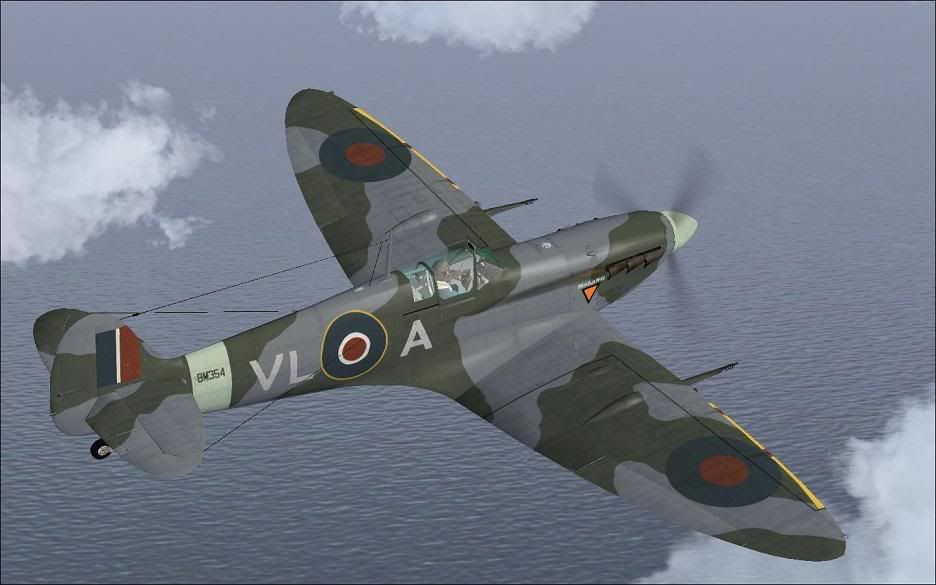In FS2004, both CFS2 and FS2002 FM's have the same issue. FS2004 changes are required because the wing twist and incidence characteristics defined in the cfg were removed from the FD engine. As a result port overs became nose heavy. That had to be corrected in table 404.
Also, speeds were affected. All this was documented "back then" and there were several posts that outlined procedures to convert the air files.
I can post them if you are interested.
EDIT: Here is one of the posts (Sorry I did not capture the author of this)
-------------------------------------------------------------------------------------------------------
I think the one for FS2002 is generally compatible, but it would be best to convert the FDE to FS2004 for better flyablility:
DETAILS OF THE FS2004 FDE CONVERSION
Load the plane at least once into FS2004 first, to get the new sections of the aircraft.cfg file added.
1. Using AirEd (
http://members.dsl-only.net/~eagle/), open the AIR file in the default FS2002 737-400 folder. Copy the Section 1534 from there (or any other plane with that section) by right clicking on the "1534 button" and choosing Copy to Clipboard. Then open your plane's AIR file and right click on any button - choose Add to Airfile (can't remember exact wording).
2. Click on the 1534 button to open the section, and click on any line that isn't 0.00. Edit the number to 0.00, and then press Enter. Do this for any non-zero line. This fixes the nose heavy trim.
3. Now leave AirEd running and open the plane's aircraft.cfg file by double clicking it. Go down to the Aircraft Geometry section and write down the values for wing_incidence and wing_twist. Now calculate the number: wing_incidence + wing_twist/2 divided by 57.3.
Example: wing_incidence = 5, wing_twist = -2
5 + -2/2 / 57.3 = 5 + -1 / 57.3 = 4/57.3 = 0.0698 (0.07).
4. Now back in AirEd click on the 404 button. A graph will open up. Press the right arrow key twice to put you on the third data point (we will ignore the first two and last two data points). Now press the x key. A number to edit will pop up. We need to subtract the number we calculated in #3 from this number (since this data point is negative, we add the number to it - example: data point = -.16, so -.16 + -0.07 = -0.23). Press enter. Then press the right arrow and x keys to bring up the next data point. Once the data points become positive (or zero) you will need to subtract the value instead. Continue this process until the antipenultimate point is reached (the third from the last) - you don't need to change the last two points. This fixes the pitch (too nose-up).
5. Now click on the 1101 button, and look for the Drag section. At the top of that section is Zero Lift drag. Reduce this value by a first guess of 16-19%, based on how much too slow the plane is in FS2004 vs FS2002 in mid level cruise at middle weights. We will fine tune this value later to fix the drag (plane is too slow).
6. Save the file in AirEd, and quit the program.
7. Now, back to the aircraft.cfg file we opened in step 3 (or double click it again). Go down to the Piston Engine section and increase the critical_altitude value by about 3500 ft (i.e. change 5000 ft to 8500 ft). You can fine tune this number by checking in FS2002 during a climb at what altitude the MAP starts to drop. Change this variable's value until it is the same in FS2004. This fixes the problem of piston planes losing power at too low an altitude (piston only).
8. In the Aircraft Geometry section, change the wing_pos_apex_lon value to wing_root_chord/4. Example: if wing_root_chord = 8.6, then set wing_pos_apex_lon to 2.15. This fixes the position of the CG "datum" (black and white circle) in the Fuel and Payload diagram.
9. In the General Engine section, change the min_throttle_limit to around 0.1. This will fix the piston engines dying at idle (piston only).
10. Edit the station load lines of the Weight and Balance section to change to the new FS2004 format. See one of my update files for the new format. It's best if you leave the default weights to be under the MTOW when at full fuel, and in balance (i.e. equal weight ahead and behind the center of gravity).
11. Check the new max_gross_weight line and make sure it matches with what it should be.
12. Include details of this new weight and balance in the checklist file (if any) - see my new CV-340 checklist file for details.
13. Flight testing. Check the following:
a. Cruise at a mid level (12-17,000 ft) and check the cruise speeds vs when the plane is flown in FS2002. Vary the Zero Lift Drag number in AirEd to fine tune this number.
b. Check the takeoff behavior, and make sure that you change the listed trim setting for takeoff in the Reference file, if necessary (I had to change one, out of 5 so far). The takeoff trim value should give a smooth takeoff at the proper rotation speed as given in the Reference file, and minimum elevator force needed for the takeoff and initial climb (but not too nose up on final climb).
c. Check the landing behavior, and make sure with an AP landing (set on APR mode) that you don't run out of trim before touchdown (the plane will nose into the ground). Also check the braking behavior - you should be able to stop within the distance usually described in the Reference file. In any case, check the landing distance in FS2002 and FS2004. If different, change the toe_brake_scalar (?) in the new braking section of the aircraft.cfg file until it's the same. I had to increase most of mine in the larger aircraft.
That's it!
8/2003







